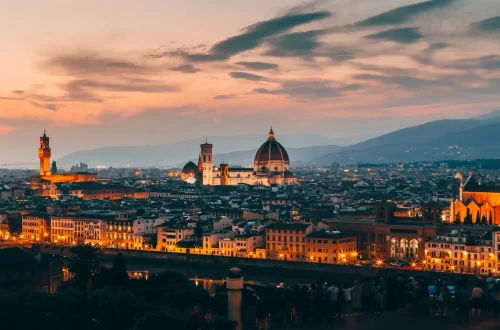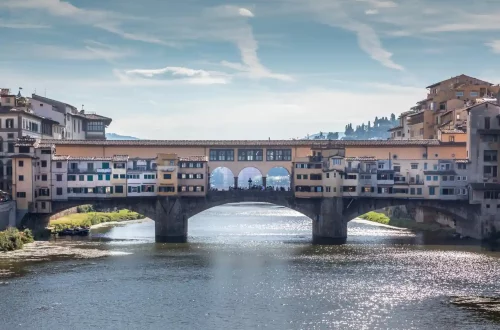In 2025, Italy enacted sweeping reforms to its citizenship law, reshaping a century-old framework rooted in jus sanguinis—the right of descent. What began in 1912 as a generous pathway for emigrants to pass Italian citizenship to their descendants has now become a more restrictive and contested process, especially for applicants in the United States and Latin America.
As Law No. 74/2025 introduces generational limits and stricter eligibility criteria, it has sparked legal challenges, international backlash, and renewed debate over Italy’s relationship with its global diaspora.
The evolution of Italian citizenship law: from 1912 to 2025
Italian citizenship law is governed by the principle of jus sanguinis—citizenship by descent. The foundational legislation, Law No. 555 of 1912, allowed Italian emigrants to pass citizenship to their descendants, regardless of where they lived.
However, it contained gender-based limitations: women could not transmit citizenship to their children, and those who married foreign men lost their Italian nationality.
In 1948, Italy’s new Constitution introduced gender equality, prompting courts to reinterpret the 1912 law in the later years. This led to landmark rulings that allowed descendants of Italian women to claim citizenship retroactively. The 1992 reform (Law No. 91/1992) further modernized the framework by recognizing dual citizenship.
For decades, this generous interpretation enabled millions of descendants—especially in the Americas—to reclaim Italian citizenship. But in 2025, the tide shifted dramatically.
Take advantage of specialized assistance to secure your passport for a borderless future.
Recent legal changes
On March 28, 2025, the Italian government issued Decree-Law No. 36/2025. The Italian Senate approved the bill on May 15, 2025, with 81 votes in favor and 37 against. The Chamber of Deputies followed suit on May 23, 2025, converting the decree into Law No. 74/2025 just before the 60-day deadline.
The law took effect on May 24, 2025, with transitional provisions for applications submitted before March 27, 2025. These cases will be processed under the previous rules, preserving eligibility for thousands of applicants.
Key Provisions:
- Generational limit: Citizenship can now only be claimed up to the third generation (i.e., children or grandchildren of Italian citizens). Great-grandchildren and beyond are excluded.
- Exclusive citizenship requirement: Applicants must prove that their ancestor held only Italian citizenship at the time of their death. Dual citizenship disqualifies the lineage.
- Residency clause: If the parent wasn’t born in Italy, they must have resided in Italy for two consecutive years before the applicant’s birth.
- Minor children: Minors can be registered as Italian citizens until May 2026.
Additionally, Italian consulates and communes have stopped accepting citizenship applications. All administrative procedures will now be centralized under a newly established government body in Italy, although its structure and operational guidelines remain undefined.
Countries with large populations of Italian descendants—such as the United States—are naturally home to the majority of those affected. Many Italian-Americans trace their ancestry to immigrants who naturalized early in the 20th century.
The reform sparked immediate backlash from legal experts and advocacy groups. Critics argue that retroactively denying citizenship violates constitutional principles, including:
- Article 3: Equal treatment under the law.
- Non-retroactivity: Laws should not revoke rights acquired at birth.
- EU Treaties: Citizenship changes must respect individual rights and proportionality.
In July 2025, the Italian Constitutional Court issued a pivotal ruling (Judgment No. 142/2025), reaffirming that jus sanguinis citizenship is a birthright. While the Court did not overturn Law 74/2025, it laid the groundwork for future challenges, emphasizing that citizenship laws must align with inclusive and non-discriminatory values.
Take advantage of specialized assistance to secure your passport for a borderless future.
Global reactions and U.S. community response
The international response was swift and vocal. Italian-American communities, legal professionals, and public figures condemned the reform as exclusionary. Joey Mannarino, a prominent commentator, criticized the law for imposing “strict restrictions on those seeking citizenship through legitimate Italian descent” and questioned its fairness.
In Brazil and Argentina—home to millions of Italian descendants—activists launched petitions and public campaigns. Marcelo de Carvalho, a Brazilian media figure, stated that the reform “creates two categories of Italians,” arguing that it undermines Italy’s approach to diaspora nationality and called it “absurd.”
Navigating the new landscape
Italy’s 2025 citizenship reform marks a turning point in how the country defines its national identity. While the law aims to streamline processes and reinforce cultural ties, it has also sparked controversy and legal debate.
Yet, as history shows, citizenship law in Italy is not static. With ongoing court reviews and global advocacy, the story is far from over.






